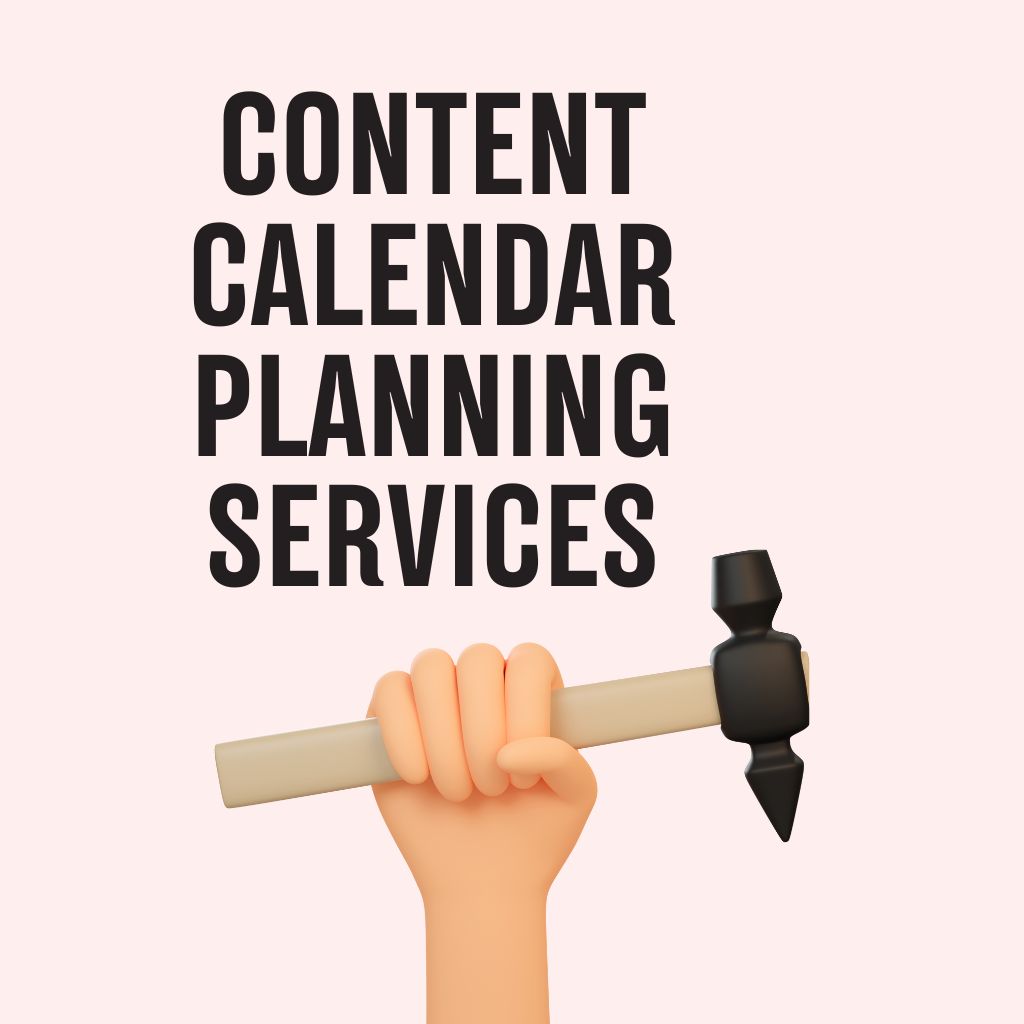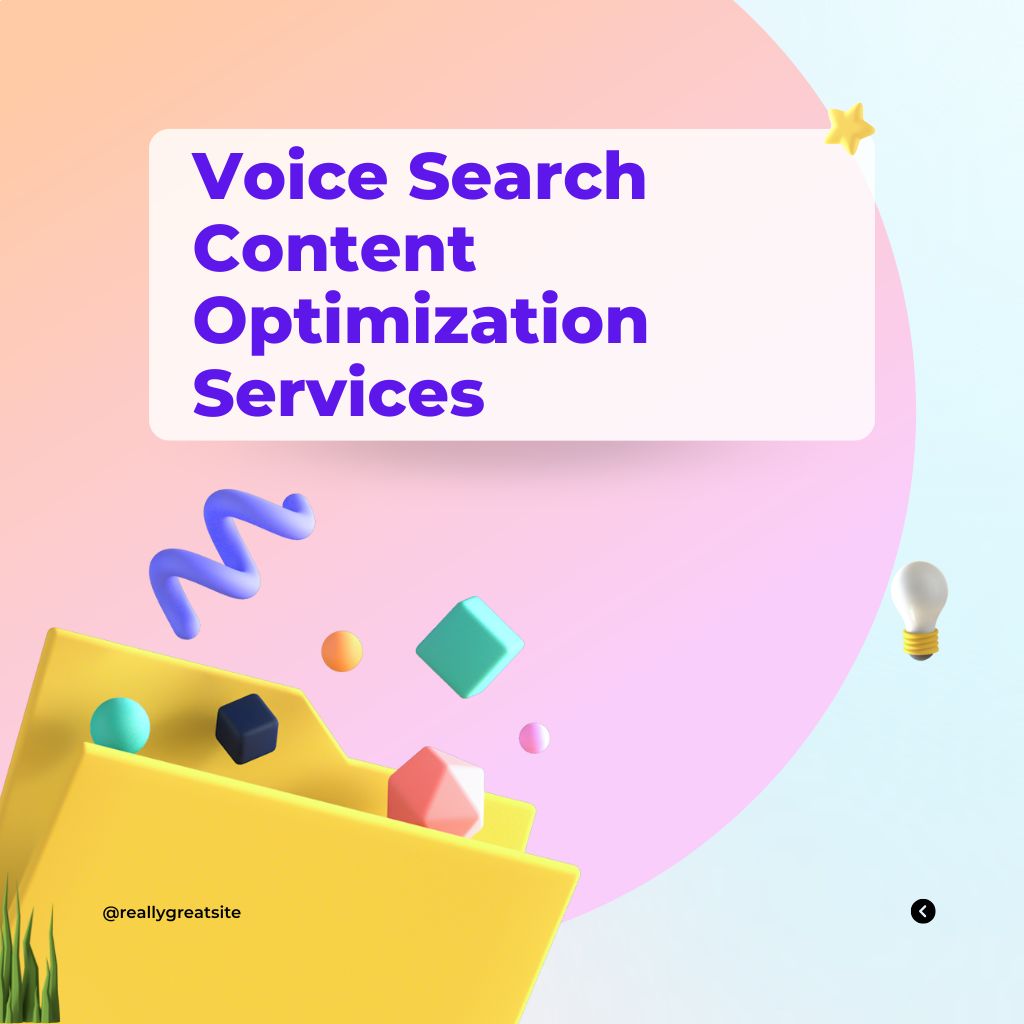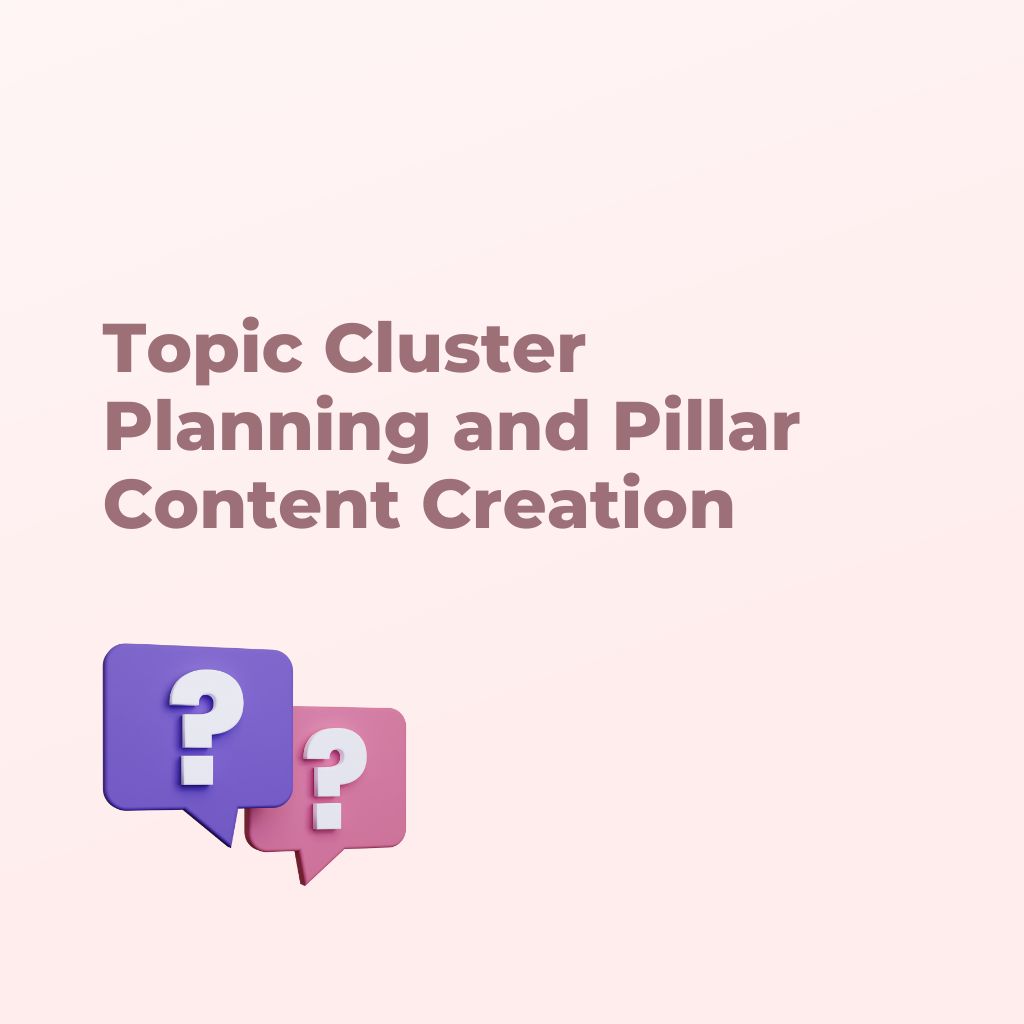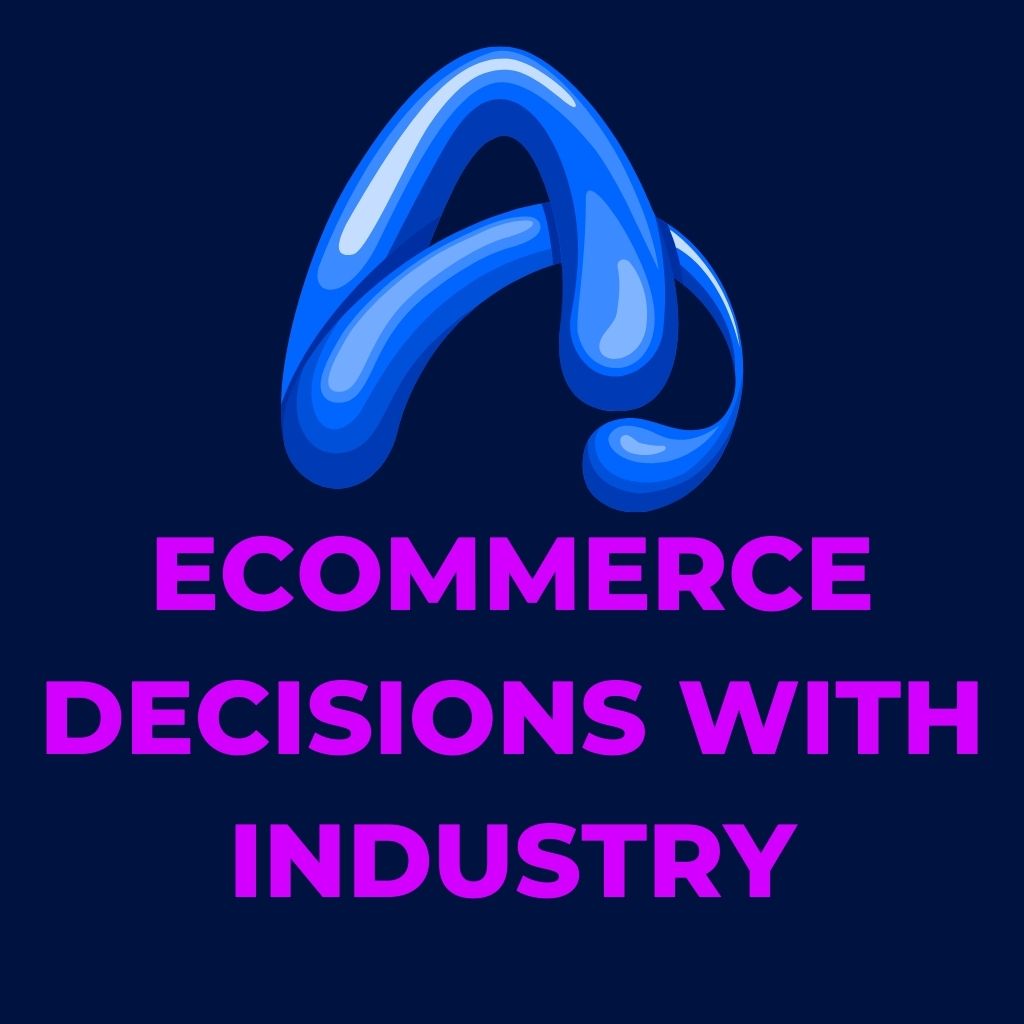
In the digital era, attention is the most valuable currency. Whether it’s a blog post, social media update, email campaign, or an ad, your caption or headline is the gateway to your content. It decides whether your audience will scroll past or stop, click, and engage.
The art of crafting compelling captions and headlines is not just about stringing words together — it’s about understanding human psychology, emotional triggers, and clarity. In this article, we’ll explore actionable strategies, techniques, and tips to help you write captions and headlines that resonate, inspire, and convert.
1. Why Captions and Headlines Matter
Your headline or caption is often the first impression of your content. According to studies, 80% of readers never make it past the headline. That means your caption or headline determines if your effort will soar or sink.
Compelling headlines and captions serve multiple purposes:
-
Grab Attention – Stop the scroll in a noisy digital landscape.
-
Spark Curiosity – Make readers eager to discover more.
-
Set Expectations – Communicate what your content delivers.
-
Drive Action – Inspire readers to engage, click, or purchase.
If your words don’t immediately resonate, your audience won’t even see the value within your content.
2. The Psychology Behind Powerful Words
Great captions and headlines leverage human emotions and behavior. Here are the psychological triggers that make your words irresistible:
-
Curiosity: Tease information without giving it all away.
Example: “The Secret Ingredient to Skyrocketing Your Engagement (It’s Not What You Think!)” -
Fear of Missing Out (FOMO): Make readers feel they can’t afford to ignore your message.
Example: “Are You Making These 5 Mistakes in Your Marketing Strategy?” -
Urgency and Scarcity: Prompt immediate action.
Example: “Enroll Today — Only 10 Spots Left!” -
Authority: Use credible language to build trust.
Example: “Expert-Backed Tips for Writing High-Converting Headlines.” -
Emotion: Tap into feelings like joy, inspiration, or empathy.
Example: “Transform Your Morning: 5 Habits That Will Change Your Life.”
Understanding these triggers allows you to speak directly to your audience’s desires and pain points.
3. The Anatomy of a High-Impact Headline
A powerful headline balances clarity, brevity, and creativity. Here’s a proven framework:
a) Keep It Short and Clear
Aim for 6-10 words for headlines and under 125 characters for captions.
Example: “Boost Your Instagram Reach in 7 Days.”
b) Make It Specific
Vague headlines rarely convert.
Example: “How to Double Your Blog Traffic in 30 Days.”
c) Include Power Words
Use high-energy words like “proven,” “ultimate,” “secret,” “exclusive,” and “guaranteed” to add authority and intrigue.
d) Add Numbers
Numbers provide clarity and catch the eye.
Example: “10 Proven Strategies to Increase Sales.”
e) Focus on Benefits
Highlight what the audience gains.
Example: “Write Headlines That Get 3x More Clicks.”
4. Crafting Social Media Captions that Connect
Social media captions require a balance of authenticity and strategy. Whether it’s Instagram, LinkedIn, or TikTok, follow these tips:
a) Know Your Audience
Understand who you’re talking to — their challenges, goals, and preferences.
b) Hook Them Early
Start with a strong opening line to stop the scroll.
Example: “Most entrepreneurs fail — here’s how to avoid it.”
c) Tell a Story
Stories build emotional connections. Share a relatable experience to make your content memorable.
d) Use a Call to Action (CTA)
Guide your audience on what to do next — like, comment, share, or click the link.
Example: “Comment ‘YES’ if you’re ready to grow your business.”
e) Use Emojis and Formatting
Emojis can make captions visually engaging but use them sparingly and strategically.
5. Writing for Different Platforms
Every platform has unique dynamics. Tailor your captions and headlines accordingly:
-
Instagram: Conversational, emotional, and visually engaging.
-
Twitter/X: Short, witty, and straight to the point.
-
LinkedIn: Professional, authoritative, and value-driven.
-
YouTube: Click-worthy with curiosity hooks.
-
Email: Personalized, benefit-driven subject lines to boost open rates.
Example:
| Platform | Example Caption/Headline |
|---|---|
| “Success isn’t about luck — it’s about strategy. Ready to level up?” | |
| “3 quick tips to double your engagement — thread ” | |
| “How I Scaled My Business to 6 Figures in 12 Months” | |
| YouTube | “The Marketing Strategy No One Is Talking About (But Should Be)” |
6. Tools and Resources for Better Writing
Enhance your caption and headline writing with these tools:
-
CoSchedule Headline Analyzer – Grades your headlines for effectiveness.
-
Grammarly – Ensures your copy is error-free and polished.
-
Hemingway Editor – Simplifies your writing for clarity.
-
ChatGPT – Generates creative headline ideas and variations quickly.
-
Thesaurus.com – Helps you find powerful synonyms to spice up your text.
7. Testing and Refining Your Copy
Even the best writers rely on testing and data to perfect their captions and headlines.
-
A/B Testing: Test different variations to see what resonates.
-
Track Metrics: Monitor clicks, engagement, and conversions.
-
Feedback Loops: Collect insights from your audience and adapt.
Remember: what works today may not work tomorrow. Stay flexible and keep experimenting.
8. Common Mistakes to Avoid
Avoid these pitfalls to ensure your headlines and captions hit the mark:
-
Being Too Vague: Specificity wins attention.
-
Overusing Clickbait: It might attract clicks but damages trust.
-
Ignoring Your Audience: Know your readers — not just your content.
-
Skipping Proofreading: Typos undermine credibility instantly.
9. The Future of Captions and Headlines
With the rise of AI, personalization, and micro-content, the future of captions and headlines is adaptive and data-driven. Creators and brands that combine authenticity with strategy will continue to dominate.
Conclusion
Crafting compelling captions and headlines is both an art and a science. It demands a mix of creativity, strategy, and audience awareness. By focusing on clarity, emotional triggers, and consistent testing, you can create messages that captivate, connect, and convert.
Read more > https://datahome.solutions/capture-attention-with-powerful-captions-headlines-by-datahome-solutions/
#CopywritingTips, #ContentStrategy, #MarketingSuccess, #HeadlineWriting, #SocialMediaGrowth, #DigitalMarketing, #EngagementBoost











